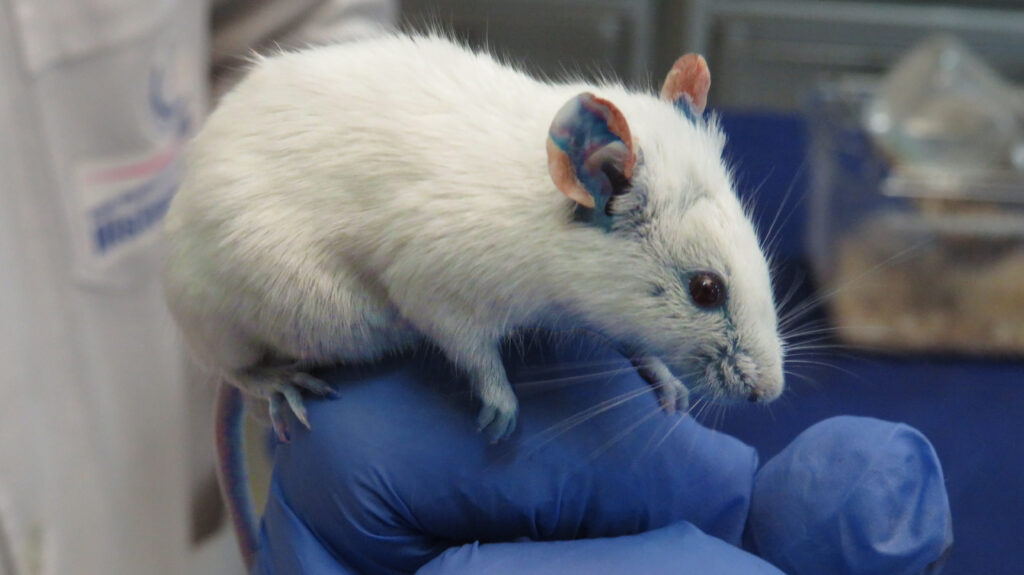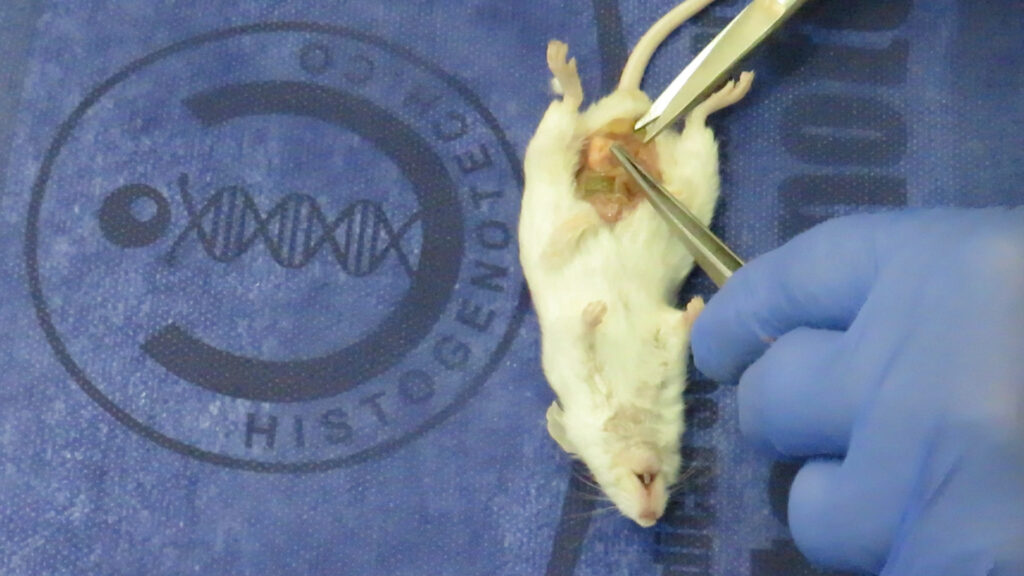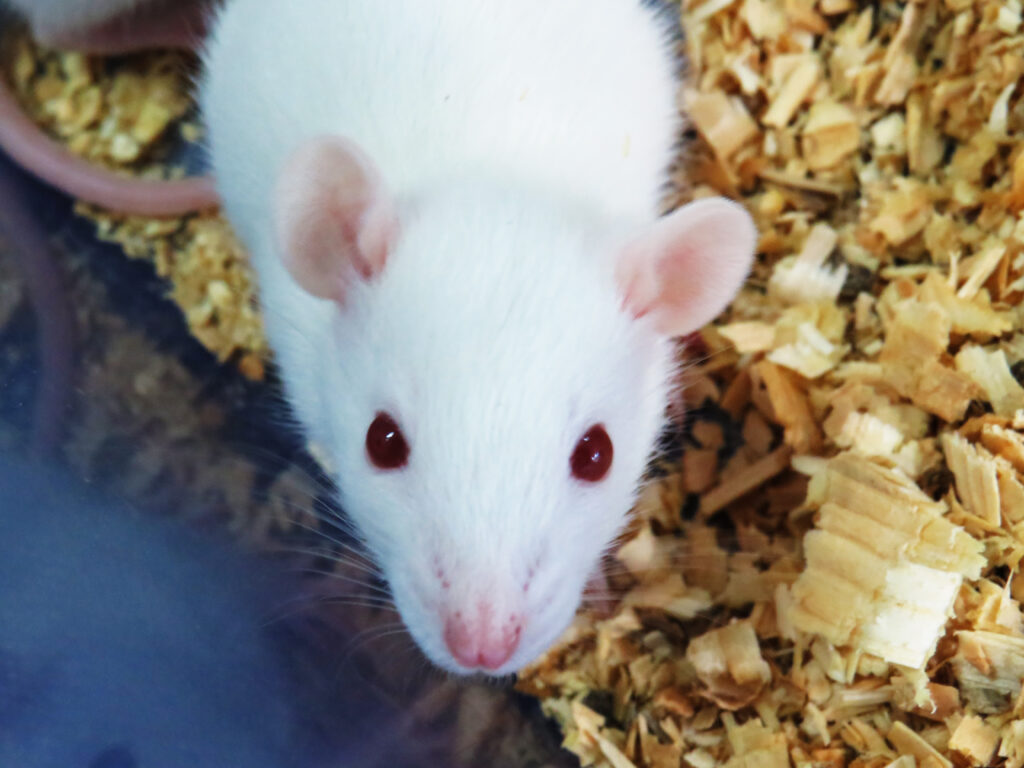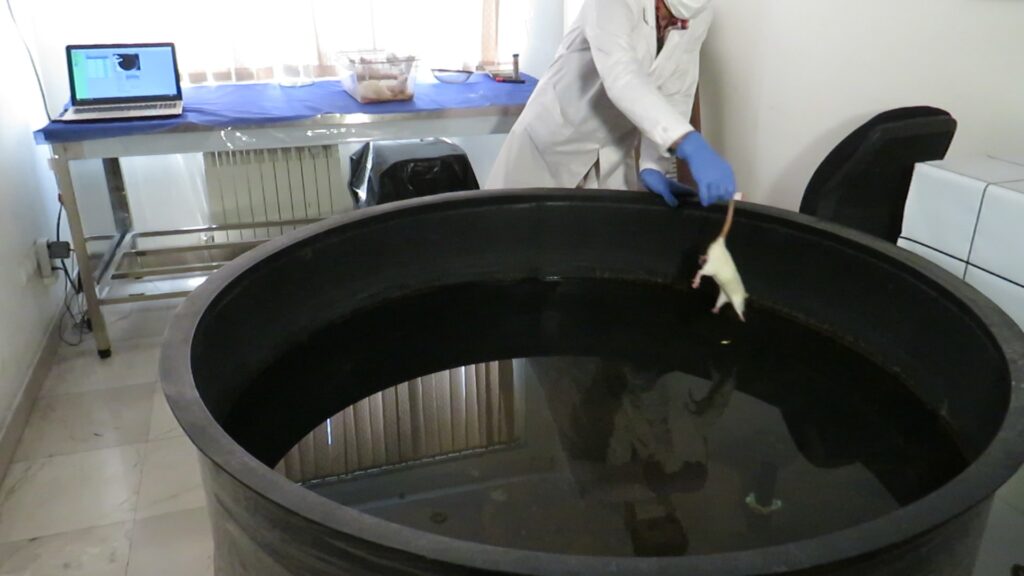Animal study and Research laboratory

Animal study and Research laboratory
Practical training in animal laboratory
The numerous similarities of animals with the human being, the short lifespan, and possibility of evaluating a specific factor in animals for a particular period, as well as the feasibility of controlling the experimental conditions, are considered the advantages of animal use in clinical assessments. The implementation of proper research requires gaining access to appropriate facilities when researchers want to work with animals. Likewise, housing and breeding the animals should be conducted in standard conditions in well-equipped laboratories, in this context, the Histogenotech company with a long history and experienced staffs have performed remarkable activities in complying with the principles of standard maintenance and laboratory animal techniques.
Some of the animal laboratory techniques offered in Histogenetech. Co.
- Maintenance and dressing of laboratory animal
- Surgery and sampling
- Blood sample collection in small laboratory animals (Heart, Tail, Jugular vein)
- Administration of Substances to Laboratory Animals via injection (Subcutaneous, Muscular, Intra peritoneal, Infusion)
- Administration of Substances and drugs to Laboratory Animals via oral (Gavage)
- Laboratory techniques involving small animals in exercise physiology research (Treadmill, Summing, Ladder )
- Behavioral test in laboratory animals (Morris water maze, Shuttle box, Open field, Garcia, Novel object, Elevated body, Beam, Hot plate
- Brain edema assessment in mice and rat
- Infarct size and water content by TTC test in mice and rat
- Blood Brain Barrier test by Evans blue in mice and rat
- Monitoring of Estrous cycle in mice and rat
Related services: Sport Physiology – Sport Motor Behavior – Sport Injuries and Corrective Exercise
Related Content: Passive Avoidance task Shuttle Box





